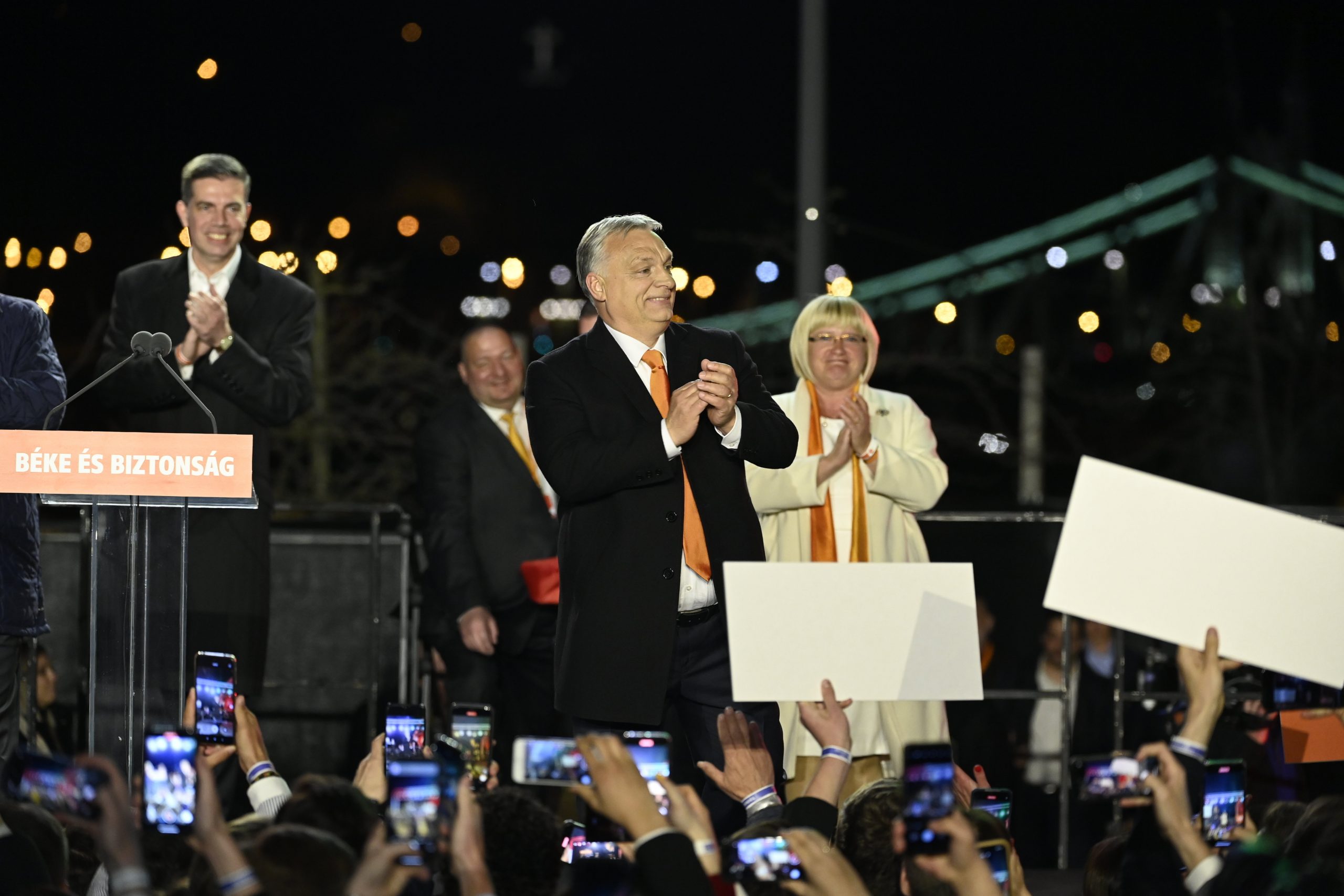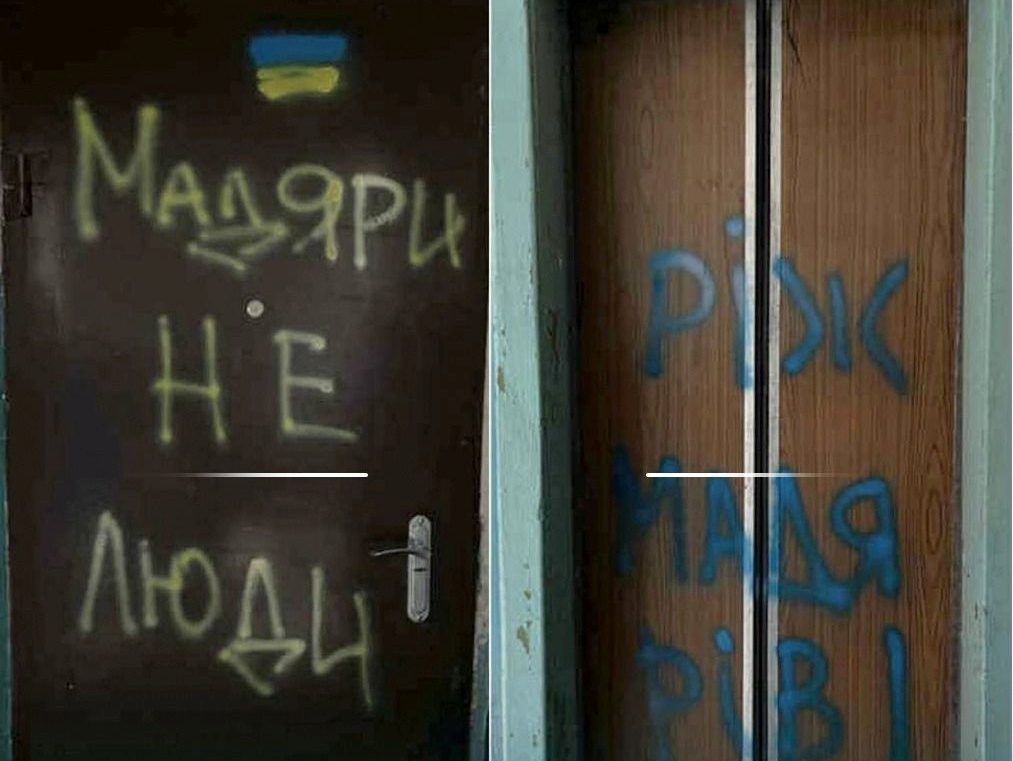Just like in 2018, the poorest villages and settlements in Hungary have voted overwhelmingly in favor of Fidesz-KDNP’s reelection, G7.hu reports. The economic news portal explained another orange wave in the most impoverished part of Hungarian society, with only Rajka and Ág having any non-Fidesz support beyond 20 percent.
In Bódvalenke and Gadna, for example, everyone voted for the once again governing party. Only one person in Csenyéte and one person in Szakácsi voted for the United for Hungary opposition alliance.
Fidesz was by far the most supported party in the 20 poorest settlements in Hungary. Aside from Rajka and Ág, Fidesz had a four-fifths majority in all cases. The ten poorest settlements voted 96 percent in favor of Fidesz-KDNP.
Support from these areas was strong in 2018 as well, but this year it has become even greater. In 2018, Fidesz-KDNP won 85 percent of the votes in the ten poorest settlements, and was not yet able to secure 100 percent of the vote in any one place.
Five of these villages are located in Borsod-Abaúj-Zemplén’s 4th constituency, which everyone thought could go either way in this election. In fact, voting in the central city of Kazincbarcika was expected to favor the opposition. Instead, Fidesz’s Zoltán Demeter won twice as many votes as Jobbik’s Gábor Üveges.
Similar cases of 100 percent support could be seen in the 2019 European Parliamentary elections. In Pálmajor, the poorest village at the time, 73 of the 339 locals took part in EP election voting, and all those who took part voted for Fidesz-KDNP. When Index looked after why this was the case, one of the locals told them that they were simply asked to vote for Fidesz.
In Csenyéte, 57 of the 404 inhabitants also voted 100 percent in favor of Fidesz. It should be noted that in 2014, 83 percent of the village’s inhabitants voted for MSZP (Socialist), the ruling party between 2002 and 2010. In Piskó, 109 of the 242 inhabitants went to vote, all of them voting for Fidesz-KDNP. On average, in Hungary’s poorest settlements with a population of at least 200 people, around 93.5 percent of the population voted for Fidesz.
The question of why such impoverished parts of the country are so loyal to the governing party after 12 years remains difficult to answer.
It is argued that one of the determining factors of why poorer areas vote overwhelmingly for Fidesz is public works. These poorer villages do not have the same access to jobs and education as more developed parts of Hungary, thus they are dependent on financial support from the government. In 2011, the Orbán government introduced its concept of a “work-based society” and removed these forms of passive income replacing them with public work opportunities. These new job opportunities pay twice as much as previous state aid, thus the heightened support of many Roma populations can be attributed to their improved economic situations. But in deprived regions, anyone who, for whatever reason, does not become a public worker is left without a source of livelihood.
In the featured photo: Bódvalenke in 2013. Photo by Tamás Sóki/MTI



